A car crash is a difficult experience, even when the damages are minor. However, few injury claims are as straightforward as they first appear. When things get complicated, as they often do, victims may make decisions based on myths/misconceptions that could hurt their claim. At High Stakes Injury Law, we are prepared to protect your interests and your claim. We discuss many of the most common car crash myths below. However, there are many more. Working with a qualified attorney can help you to avoid mistakes that could damage your claim. If you were injured because of another driver’s negligence, you may be eligible to recover compensation for damages you sustained. Contact our firm to set up an initial case review with one of our experienced auto accident lawyers in Las Vegas. There is zero cost for this consultation and no obligation to hire our services.
Insurance Company Myths
All drivers are required to carry car insurance in Nevada. That said, what should you expect if you need to recover damages after being involved in a traffic accident? If you need to file a first-party claim with your own insurance company, such as if you were injured by an uninsured or underinsured motorist, you may think your insurance company is committed to helping you. However, they are not focused on you getting all the compensation you need. You should also not assume working with your insurance company on your own is better than hiring a lawyer.Remember That the Insurance Company is a Business
It is important to remember that insurance companies are businesses. Their goals are different than yours. As a crash victim your goal is to recover as close to full compensation for your damages as possible. For insurance companies, however, the goal is to preserve as much profit and pay as little as possible.How Insurers Work Against You
From the moment you tell your insurer about your claim, you should remain on-guard during every communication. Tricks they may use to try devalue your claim and discredit you include:- Taking your statements out of context and using them against you: For example, they may ask how you feel. You may answer that you feel fine. Later, they may use this statement to argue that you said your injuries were not that bad.
- Telling you a recorded statement is required: While they may need a statement at some point, they do not need it immediately. You have the right to refer them to your attorney. He or she can help prepare you to make a statement that, while truthful, does not damage your claim.
- Convincing you to sign a broad medical records release: This is a huge mistake. The insurance company does not have the right to view all your medical records. That is an invasion of your privacy. They only need to see what is relevant to your claim.
- Telling you their first offer is the only one you will receive: Insurers tell you this because they know many injured victims will just accept it. Often, they are already desperate for money and ready to take whatever they can get. However, this initial offer is always a low offer and typically far less than the value of your claim.
Myths About the Claims Process
There are a variety of myths about the legal process and building a case:- Getting compensated for your damages is guaranteed: There is no guarantee that you will receive any compensation. As the injury victim, the burden of proof falls on you. This means that you or your attorney must first prove your injuries were caused by another’s negligence.
- Your police report will help you to prove your claim: The information in a police report may be useful to a claim, however, the document is not admissible as evidence. Additionally, police reports may sometimes contain errors. The police report is just one piece of evidence that can help to establish negligence. By itself, however, it will not be enough.
- Fault is automatic for certain types of crashes: For instance, people may think that the trailing driver in a rear-end crash or a red light runner is always to blame for a crash. However, there are circumstances when the victim could be partially or even fully to blame.
